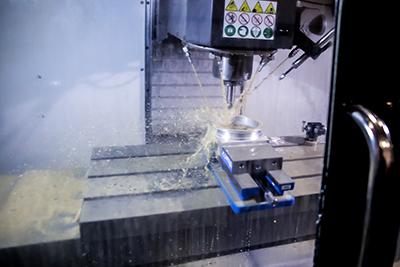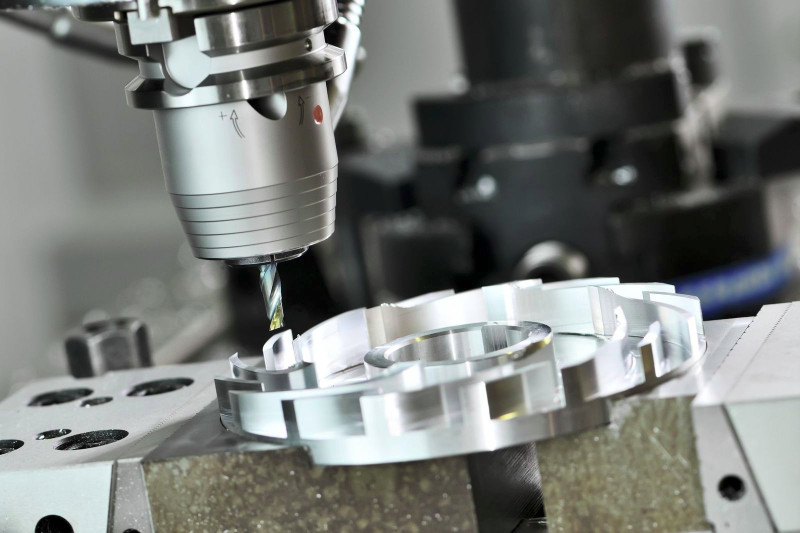In general, Indiana heat treating involves a series of heating and cooling cycles that change the properties of an alloy. By subjecting alloys to this process, you can change the durability, grain and ductility of the metal’s underlying structure. Learn more about a few types of heat treating, and the benefits provided.
The Annealing Process
The whole purpose behind annealing is to relieve the internal stresses present in a piece of steel. Thus, annealing is crucial for steel that has undergone drawing or casting. During the process, the steel is heating and maintained at 900 degrees. It is then allowed to cool for an appropriate timeframe. Once the process is done, the steel becomes more pliable.
A Look at Hardening
Another type of Indiana heat treating is referred to as hardening. As the name suggests, the goal is to harden the piece. In this form of heat treatment, a piece is heated above its critical temperature. In the end, although hardening increases the overall strength of the steel, it can also lead to brittleness.
Normalizing Steel
Normalizing refers to the process of heating and air cooling steel. In fact, it is fairly similar to the process of annealing. Yet, the objective of normalizing is to create a component with refined grain sizes. The result will not be as soft as that produced with annealing.
Considering It All
These are just some of the heat treatments available for alloys. In addition, nitriding, tempering and cyaniding may be appropriate treatments depending on your need. Each process is designed to produce steel that can be used for a particular industrial need.


